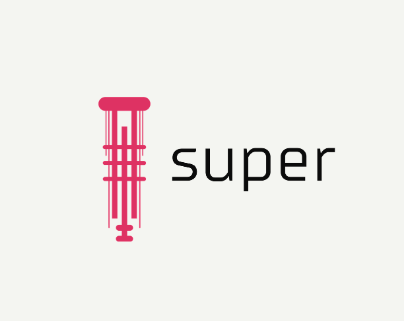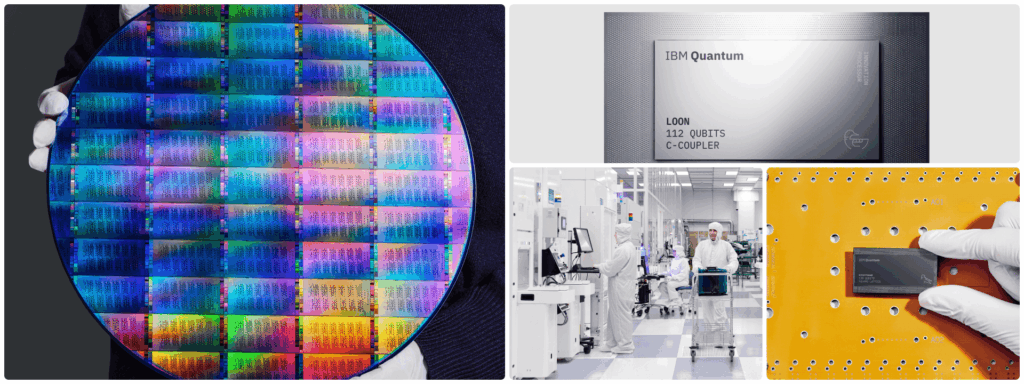Insider Brief
- During his Q2B24 presentation, C12’s CEO Pierre Desjardins, talked about his company developing scalable, fault-tolerant quantum computers using carbon nanotubes, which offer lower error rates and better protection from environmental interference compared to current materials.
- Carbon nanotubes allow for the creation of high-quality qubits with minimal charge noise, making them ideal for maintaining quantum coherence, crucial for building reliable quantum computers.
- C12 aims to release its first five-qubit chip by 2025, with a long-term vision of building large-scale, error-corrected quantum computers using its patented nano-assembly technique.
“Our vision is that all big revolutions in computing start with a material breakthrough,” said Pierre Desjardins, CEO and co-founder of C12, during his talk at Q2B24 in Tokyo. His company is betting that carbon nanotubes will be the next material to revolutionize quantum computing, much like silicon did for semiconductors.
At the heart of C12’s approach is the use of carbon nanotubes to develop scalable, fault-tolerant quantum computers. Desjardins pointed out that a key obstacle to building large-scale quantum computers today is the error rate, which increases as more qubits are added.
“We don’t have them yet because they are bugged with errors,” Desjardins said. He underlined that these errors often arise from defects in qubit materials, making material science crucial for quantum computing’s future.

C12’s solution lies in carbon nanotubes, which Desjardins describes as “the most minimal electrical wire you can imagine.” By working with the exceptional properties of these nanotubes, C12 aims to build qubits that are not only high-quality but also scalable. Desjardins explained: “We are able to build a large-scale, fault-tolerant quantum computer without any roadblocks.”
A major advantage of carbon nanotubes is their ability to protect qubits from environmental interference, such as charge noise, which can disrupt quantum operations.
“We have demonstrated that with carbon nanotubes, we have the world record in terms of charge noise for spin qubits,” Desjardins shared. This makes carbon nanotubes an ideal material for producing qubits that can maintain their coherence, a critical factor for quantum computing.
C12’s unique manufacturing process is another key component of their strategy.
“What was missing was the manufacturing process,” said Desjardins, drawing a parallel to the early days of the semiconductor industry. The company has developed a patented nano-assembly technique to integrate carbon nanotubes with silicon chips, which are compatible with standard semiconductor fabrication processes. This allows for scalable production, a crucial step toward making quantum computing widely accessible.
Despite the promise of carbon nanotubes, Desjardins is realistic about the timeline for quantum computing’s broader impact. C12 is still in the R&D phase, focusing on one- and two-qubit chips.
“For the moment, what matters is not the quantity of qubits, it’s really about the quality,” he said. The company plans to release its first five-qubit chip by the end of 2025, with a long-term goal of scaling up to error-corrected, large-scale quantum computers.
Desjardins firmly believes that carbon nanotubes will play a pivotal role in the future of quantum computing. As he put it: “Carbon nanotube is the best material to make high-quality qubits.” With the combination of innovative material science and advanced manufacturing techniques, C12 is paving the way for quantum computers that could one day transform industries ranging from cryptography to drug discovery.


















